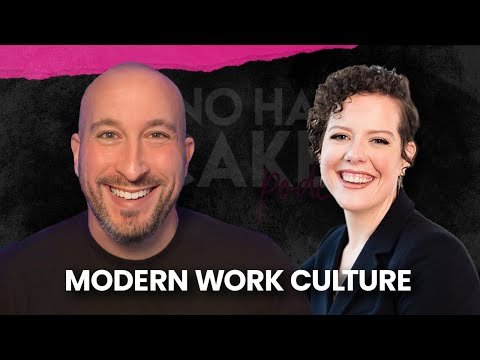What Does Inclusion Look Like?
You know that diversity and inclusion are important for your business success, innovation, and to improve your company reputation.
You adopt DEI (Diversity, Equity and Inclusion) policies and programs, because you know that diverse teams are more productive and better innovators.
But more than just company policies and programs, how can we implement DEI at work to shift the day to day experience of our team members? Frequently, our programs and policies are focused on quantitative goals and are not sustainable.
Diversity and inclusion in the workplace is about so much more than just a tally of people’s identities. Part of why we want diversity is because of having a diverse perspective on a problem or solution.
Diverse Teams make decisions 87% faster than individuals (source). Now that is ROI. When creating a DEI strategy for your organization, it is important that you focus on building a culture where diverse ideas and perspectives are encouraged and appreciated. We must shift our actions to achieve the original outcome or goal of increasing diversity, while also proactively building an equitable and inclusive team.
The real missing link is Inclusion.
An inclusive workplace culture first needs to create space where everyone feels included and safe to share and contribute.
As humans, we all want to feel like we belong. If we don’t see people like us, that’s the first way someone will feel like an outsider.
Genuine connection with others is key to making someone feel included and motivated to do their best work. Genuine connections take time to build, and take frequent follow up. We can’t build a relationship overnight -- it takes repetition, care, communication, and fun.
The ideas that fuel the future success of our businesses are smart and probably a little bit crazy.
Ideas that “no one” has thought of before. So to step up and offer these ideas -- to challenge the status quo -- requires a willingness to be singled out and be vulnerable as we share this idea.
Most workplaces aren’t cultivating a culture where this is encouraged.
Sure, executives and leaders might say “we want all ideas to be shared”, but are your people sharing these ideas with you? If not, then you’ve got an even bigger issue.
When you are not part of the majority culture, it can feel like a threat for you to speak up. Your team doesn’t feel like it’s safe to have those big ideas.
Focusing on behaviors of inclusion is the best way to create a culture where employees speak up and bring their creative juices to work. Where we can benefit from the diverse backgrounds, perspectives and ideas that our diverse workforce brings to your company.
How do we make a space accommodating and safe for people to be their whole selves?
Why does diversity and inclusion relate to being our whole selves?
Well, there’s many different things that we can bring into the workplace: our history, culture, dynamics, experiences, and more.
To see how inclusive you are, and to start taking steps towards more inclusive leadership, here’s some basic actions to take:
Take an inventory of your team -- how well do you know them?
Inventory your time spent -- how much time do you spend directly engaging with your team?
Who speaks up in team meetings or discussions? Track this for a month to see who doesn’t share.
Invite safer brainstorming practices into your meetings like submitting ideas beforehand, using sticky notes or index cards to write ideas down on, and employ voting / polling where you can.
Generally, most companies have gotten diversity, equity, and inclusion all wrong. It’s not just about who we hire, or who’s at the table, it’s about how we treat each other every day. It isn't enough to teach people the “ways to treat others well”.
There’s a difference between what we think we are doing and how it comes across. Self-awareness is a key attribute in a leader and in all people in the workplace. We need to be aware of what’s driving us, motivating us [or de-motivating us] so we can make positive change to our behavior and how we engage with others.
Designing and delivering interactive diversity, equity and inclusion training for all team members is a must so they can acquire skills to integrate different ideas or backgrounds into their work or team.
It’s important that leaders undergo interactive/experiential training to practice behavioral-based questions when interviewing & coaching team members.
Performing these actions will improve everyone’s experience in the workplace and will lead to a more inclusive work culture where everyone’s ideas are valued.TAKE ACTION
Want to talk more about how to build inclusive teams?
Schedule a Free Consult to discuss how McLaughlin Method can build a tailored inclusion training program for your company.
“Once you break past your own limited worldview and lens, your awareness changes. Awareness is the first step towards behavior change.”
(c) 2019 - 2024 Katie McLaughlin, McLaughlin Method
















